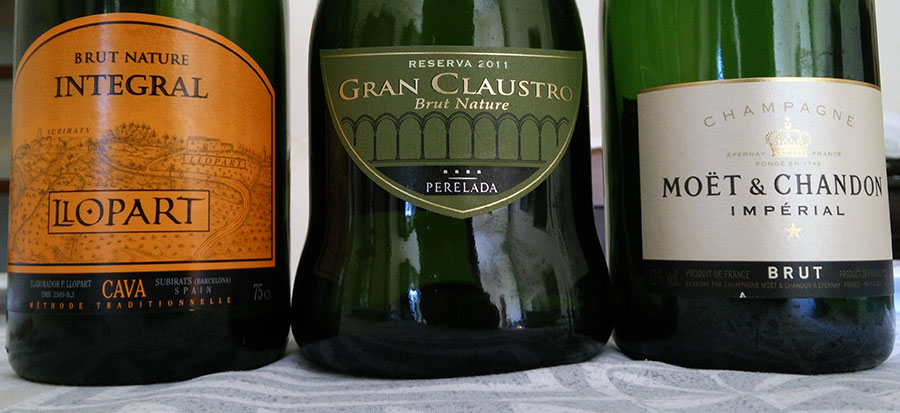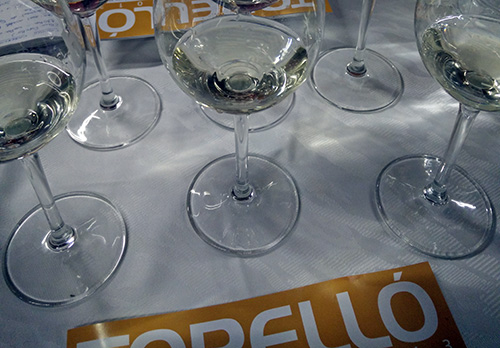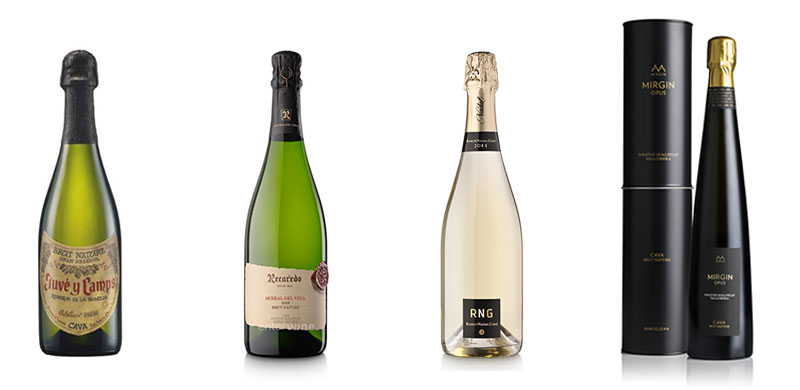With New Year’s Eve just around the corner and having slogged through multiple bottles of sparkling wine during the Christmas meals, I felt it a good time to talk about Champagne and Cava. One should note that this discussion, if had a few decades ago would have been about French Champagne and Catalan/Spanish Xampany as the name “champagne” was used freely and widely until those Gallic winemakers up there put a stop to such nonsense. They grew the Champagne brand and it has emerged as a wine that is seen as the height of sophistication and a must-serve at any function that wants to show off.
In fact, I think we all pretty much call any sparkling wine Champagne to this day and if a wine from any other region doesn’t taste like the Northern French offer (no matter the price), we immediately discard it as a shitty sparkling wine. To a large degree, this is fair. I’ve had countless unexciting or what seemed to be downright toxic bottles of sparkling wine over the years from Prosecco, Napa, and of course Cava in Penedès. But there have indeed been some lackluster Champagnes in the mix as well and this is a point that’s worth discussing.
In full disclosure, just a year or two ago, I was quick to dismiss most any sparkling wine but the highest offer from Champagne as being garbage and wouldn’t sully my liver’s time on them. I have since come around and while I doubt I will ever not be first and foremost a red wine fan (it’s just so wonderfully awesome), there is a great wealth of sparkling wine worth one’s attention and as such I wanted to outline some of the basic styles.
Let’s talk first about Champagne as it’s something of a benchmark in the bubbly department and indeed what we know as modern sparkling wine was created there. For those who might not be aware, Champagne, despite being pale yellow to straw in color, is made from mostly red grapes. A huge wealth of Champagne is 60-100% Pinot Noir and Pinot Meunier. This makes it a much different wine than what you find with Cava where generally it’s from white grapes, namely Xarel·lo, Parellada, and Macabeu.
Then there’s the price point. It may very well be possible, but I’ve never seen an actual Champagne from the French region for less than 25€. I’m sure they must exist but the cheapest seem to start around 30€ and honestly, it’s not until you reach about 40€ that this sparkling wine starts to get decent, which is what you see with the Moët et Chandon Imperial below in that it is a decent Champage. That also happens to be a non-vintage bottle meaning that they’ve blended together multiple vintages to get the sparkling wine “product” you ultimately see in your glass. The advantage is that it will have a consistent profile from year to year. The disadvantage is that it’s not a terribly interesting wine. To get a more interesting wine, you’ll be looking to spend about double.
This is the core problem with Champagne in that it can be great if you spend a good deal for it. This is a bit ridiculous as Champagne is not the only French sparkling wine and there are seven “crémant” AOCs that can offer up excellent values. For instance, entry level Crémant de Limoux is 6€. Never heard of these? Check them out if Champagne is hurting your wallet as it does for most people.
That aside, where does this leave us in regard to Champagne and its far southern brethren, Cava? Well, when I talk about Cava I’m talking about the sparkling wine made in Penedès which is 95% of the total production. Those satellite regions around the rest of Spain, outside of Catalonia, I discredit as being nothing but plonk and are definitely not worth your money.
It may not seem like it, but Cava can be incredibly good. Most people don’t know it as they see a Cava in supermarket in Barcelona for 4€ (or less) and jump for joy at finding such cheap bubbly to guzzle down at the beach or while loudly pissing off residents in the Old Town. Upon tasting or possibly drinking a whole bottle and waking up the next day hating yourself, it then gets dismissed as shitty bubbly. A large part of this has been Cava making cheap wines to grab market share (which has since been eaten up by Prosecco) but honestly, what did you expect? If you buy a cheap wine then you’ll drink a cheap wine. You don’t want to know what has to happen in the vineyards and cellars to make wine at these prices so stay away…
This brings up to the first Cava below, the Llopart. This is not a mind-blowing sparkling wine (one of the three bottles we had was corked…) but it’s not bad either. It just happens that you do indeed need to spend about 13€ to pick it up and a lot of people aren’t willing to do this. But that’s the price point on Cava to get a non-terrible Cava. Even more to the point, people don’t want to cross that 15€ threshold to get a bottle like the Gran Claustro or better yet, the Recaredo Terrers which for me is one of the best value Cavas there is at the moment.
Let’s think about that for a moment. You can’t find Champagne for less than 25€ and a decent bottle costs 40€. A decent bottle of Cava costs 15€. Honestly while the Gran Claustro doesn’t compare to the Imperial below, the Terrers does and I believe it to actually be a good deal better. If you were to spend that 40€ of the Imperial on a Cava, you’d get something even more magnificent.
These are of course retail prices but keep them in mind the next time someone starts bitching about how bad Cava is and how it doesn’t reach the levels or excellent of Champagne. I would posit that Champagne is not actually reaching the levels of Cava and is far, far too overpriced for what it is. Sure, you need to know what Cava producers are good to find the best bottles, but at this point, it’s exactly the same with Champagne.
Toast wisely!


